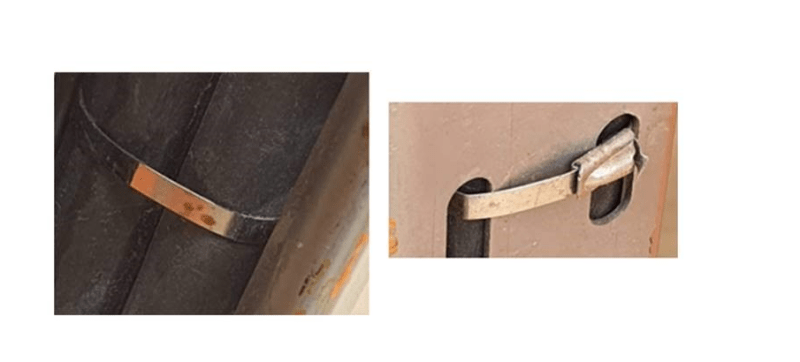Franck YOUDJEU
Electrical
- Dec 6, 2016
- 4
Dear members,
I would request your lights and knowledge regarding the use of PVC coated Stainless Steel cables-tie for Offshore project since I'm working as Electrical Engineer for EPC Contractor.
Our specification is requiring the use of PVC Coated over Stainless Steel Cable tie for Outdoor cables, however, our Subcontractor didn't follow this requirement and the Cable tie is in Stainless Steel only.
I have initially suspected the purpose of having the coating has been defined to avoid rust but since the tie is in stainless steel there is no real risk of corrosion. My second hypothesis has been to make the surface of contact between the cable and tie smooth in order to avoid any scratches or abrasion on the cable outer sheath. I've checked internally with my Company Senior Engineer to understand the considerations which have been driven this requirement since I notice IEC Standard 61892-6, do not mention any coating for Cable Tie in Offshore, however nobody seems having question this features before, only saying that it's our Company Standards.
The cable will be installed for 25 years, I wonder if the absence of coating over the Stainless steel tie could lead to premature malfunction.
Yours feedbacks and advice will be really helpful for my knowledge.
I would request your lights and knowledge regarding the use of PVC coated Stainless Steel cables-tie for Offshore project since I'm working as Electrical Engineer for EPC Contractor.
Our specification is requiring the use of PVC Coated over Stainless Steel Cable tie for Outdoor cables, however, our Subcontractor didn't follow this requirement and the Cable tie is in Stainless Steel only.
I have initially suspected the purpose of having the coating has been defined to avoid rust but since the tie is in stainless steel there is no real risk of corrosion. My second hypothesis has been to make the surface of contact between the cable and tie smooth in order to avoid any scratches or abrasion on the cable outer sheath. I've checked internally with my Company Senior Engineer to understand the considerations which have been driven this requirement since I notice IEC Standard 61892-6, do not mention any coating for Cable Tie in Offshore, however nobody seems having question this features before, only saying that it's our Company Standards.
The cable will be installed for 25 years, I wonder if the absence of coating over the Stainless steel tie could lead to premature malfunction.
Yours feedbacks and advice will be really helpful for my knowledge.

